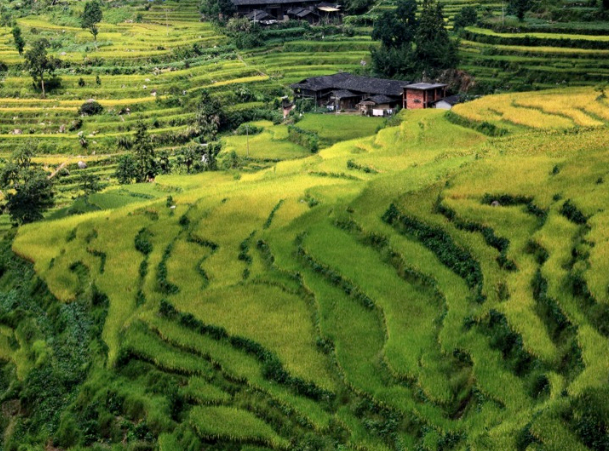
Department of Plant Biology, Swedish University of Agricultural Science, Uppsala, Sweden
What if we could breed for traits that would increase food production and, at the same time, mitigate climate change? Those dual breeding goals have now been met in a low methane/high starch rice variety that was reported in two articles (article 1, article 2) in Nature earlier this month. The team of scientists is headed by Chuanxin Sun from the Swedish University of Agricultural Sciences (SLU).
Atmospheric methane is the second most important greenhouse gas after CO2, and is responsible for about 20% of the global warming effect since pre-industrial times. A common and unwanted side effect of rice cultivation is that methane-forming microorganisms thrive in the oxygen-poor environment surrounding rice roots, converting root exudates into methane.
Now Sun and colleagues have succeeded in reducing the amount of methane emitted by changing how much carbon that is allocated to the root system relative to the amount of carbon allocated to the seeds. By adding a gene from barley that affects starch storage, the rice plants allocate more starch to the parts above ground as compared to the root. This is believed to provide a reduced leakage of carbon compounds to the surrounding soil, in turn resulting in reduced methane emission.
This is an example of how modern plant breeding can help to reduce the environmental impact of agriculture and, at the same time, increase food production. This has been a goal since the project started in 2009 and the response has been overwhelming. Leading national and international media have reported on this research and discussions are running high on social media. This is an opportunity to mitigate climate change and increase production, but such innovation remains a challenge given the restrictive stance European governments and NGOs have on the use of biotechnological innovations in agriculture.
